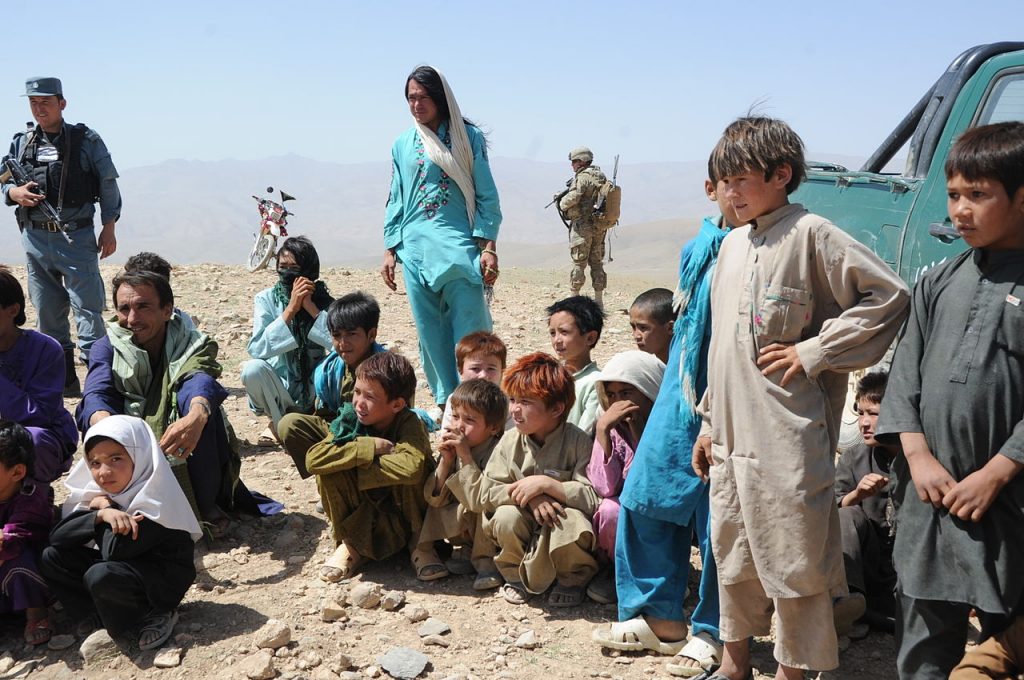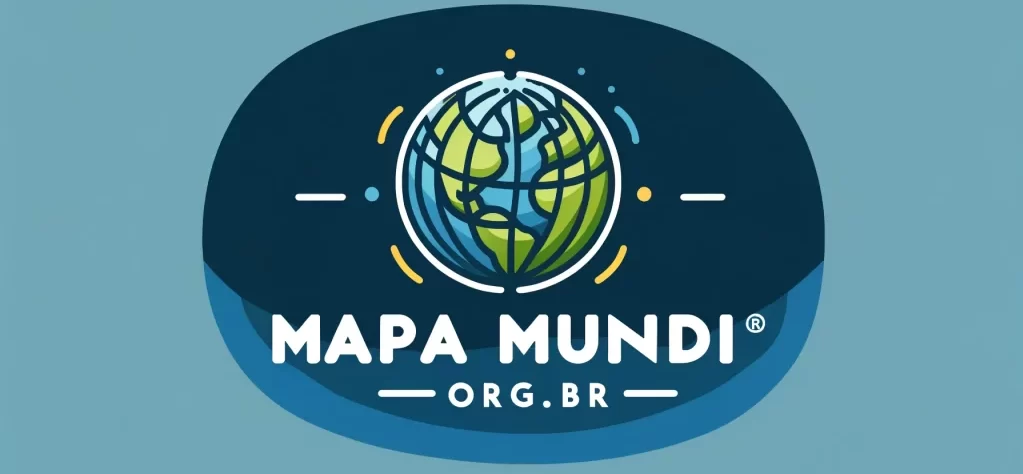
On the last day 8/10, an Islamic State militant-K/EI-K (by Korazan, afghan phalanx of islamic state), perpetrated a suicide bombing against a Shiite mosque in the city of Kunduz, in the north of the country, and killed dozens of faithful, confirming the growing confrontation between Sunnis and the Shiite community. This is another episode that reveals the enormous difficulty that the Taliban will face in asserting itself as the legitimate government of the country., both internally and externally.
In a previous post I had pointed out that the Taliban's Herculean attempt to fulfill their desire to regain power since, in 2001, was driven back from Kabul by Western troops and forced into hiding, would face tough obstacles. I remembered, So, that it is necessary to turn to the history and characteristics of Afghan civilization to understand what is at stake. outgoing that, from the internal point of view, the first relevant observation – fundamental even, as tautological as it may seem – is that Afghanistan is a very old civilization; already existed as a Persian satrapy when Alexander III of Macedonia, the big, walked around the region and founded, in 334 AEC, Balhk, one of the most outposts of Greek troops in Asia Minor. This population spreads to small isolated villages in the crevasses of the Hindu Kush mountains..
this same population, of ancestral habits, consists of a wide spectrum of ethnicities and tribes that resulted from the occupation of invaders of various origins – Persians, greeks, Mongolians, etc. - what inseminates, both in genetics and in the ingrained traditions, values and concepts, que cada uma delas defend "for all". Although its almost absolute majority are from the Sunni current of Islam (near 90%, even if the data is not accurate), which conceives the structure of society around a caliphate that could be defined as a religiously and politically structured “state”, the ethnic mesh is much more diverse. Beyond the Pashtun ethnicity (42%), who make up the majority of the Taliban, there are dozens of others: the constitution of 2004 nominally list fourteen ethnicities, among the most representative: os pashtun (42%), Tajiks (27%), uzbeks (9%) and hazaras (8%). Not counting the aimaqs, Turkmen, beluchis, pashai, nuristanis, gujjares, arab, bra house, qizilbashes, pamiris, kyrgyz, sadat, and so many others. All of them claim absolute leadership over their territory and population.. not only this, but many of them spread through family ramifications in neighboring countries, neglected the artificial borders minted by the colonial powers. and the hazaras, the fourth biggest of them, the vast majority of them are Shias who claim to be descendants of the Mongol troops of Genghis Khan who settled in central Asia, are considered an “inferior” community by Pashtuns. For this reason, were always persecuted and constantly reminded of their “inferiority”; What makes them “targets” of Sunni racism.
the massacre of the day 08 was Islamic State-K's second in less than a week. We know that the terrorist group is a sworn enemy of the Taliban, whom he accuses of leniency and commitment to western powers. Fears that the Shia Hazaras would again be the “scapegoats” of the Sunnis were being realized., rekindling the atavistic antagonism between the two main streams of the faith? How do you know, this theme underlies all the conflicts in the region, from Iraq to Syria…
E, in this case, apparently the “hole is further down”, because the terrorist who carried out the Kunduz attack, according to the leadership of the EI-K, would be from the “Uighur” ethnic group who live in the Xinjiang region, and China. Let's not forget that this is one of the most sensitive topics for Beijing authorities today., who are concerned not only with militancy itself, but also because of the bad image that the issue arouses among western countries. It was precisely to prevent the spread of Islamic terrorism within the borders of its Administrative Region that the Chinese Chancellor, Wang Yi, received in late July a Taliban delegation, even before the group ousted then-President Ashraf Ghani from power, to “address issues of great sensitivity to the Chinese in the political spheres, economic and security”, second transpired. Already then the Chinese Chancellery, in a statement noted that “the Taliban is a crucial military and political force in Afghanistan and will play an important role in the peace process, reconciliation and reconstruction of the country”… in this context, “The People’s Republic will lend its support provided the Taliban severs any connection with the “East Turkestan Islamic Movement”/ETIM, international terrorist organization listed by the UN Security Council that poses a direct threat to the national security and territorial integrity of China.”: explicit example of “real politik”…
In summary, the People's Republic proposes to provide critical support to the Taliban leadership, as long as it manages to keep radical militancy away from its borders. However, the EI-K attack, Taliban enemy, as I said, threatens to subvert this promising “partnership”, especially in view of the difficulty that the leadership of Kabul is currently experiencing to bend the irredentism of other ethnicities and opponents within its own flank and assert itself as “legitimate” before the population and the rest of the planet.. an ominous triangle…
Feasible?
Let us not forget that throughout this history China remains an important option for the new wielders of power in Afghanistan.. The Chinese have already shown that they are willing to interact with this leadership, that signaled, by the way, to recognize. They are also attracted by the immense copper reserves, lithium and unexplored rare earths in Afghan soil, at a time when the new leaders in Kabul are in desperate need of external resources to relaunch the economy, prove what they came for and free themselves from the spurious opiate trade, which has constituted its main source of external resources. The “New Silk Road” could constitute an alternative, since…
To be continued…
Other articles in the same series:
Afghanistan at the crossroads (II) – the interim government office
Afghanistan at a crossroads: scenarios
I suggest to friends to read the article below Estadão:
Islamic State attack kills dozens at Shiite mosque in northern Afghanistan – International – Estadão
